Disposable chemicalresistant outer boots Level DJul 21, 15 · Level C protection should be selected when the type of airborne substance is known, concentration measured, criteria for using airpurifying respirators met, and skin and eye exposure is unlikely Periodic monitoring of the air must be performed A typical Level CLevel C Level C protection is required when the concentration and type of airborne substances is known and the criteria for using air purifying respirators is met Typical Level C equipment includes fullface air purifying respirators;

Chemical Biological Radiological And Nuclear Personal Or Individual Download Scientific Diagram
What does level c ppe include
What does level c ppe include-Inner and outer chemicalresistant gloves;Level B Level B PPE should be worn when an employee needs the highest level of respiratory protection, but less skin and eye protection is necessary This protective ensemble is used on initial site entries where hazards may not have been fully identified yet Level B protection consists of 1
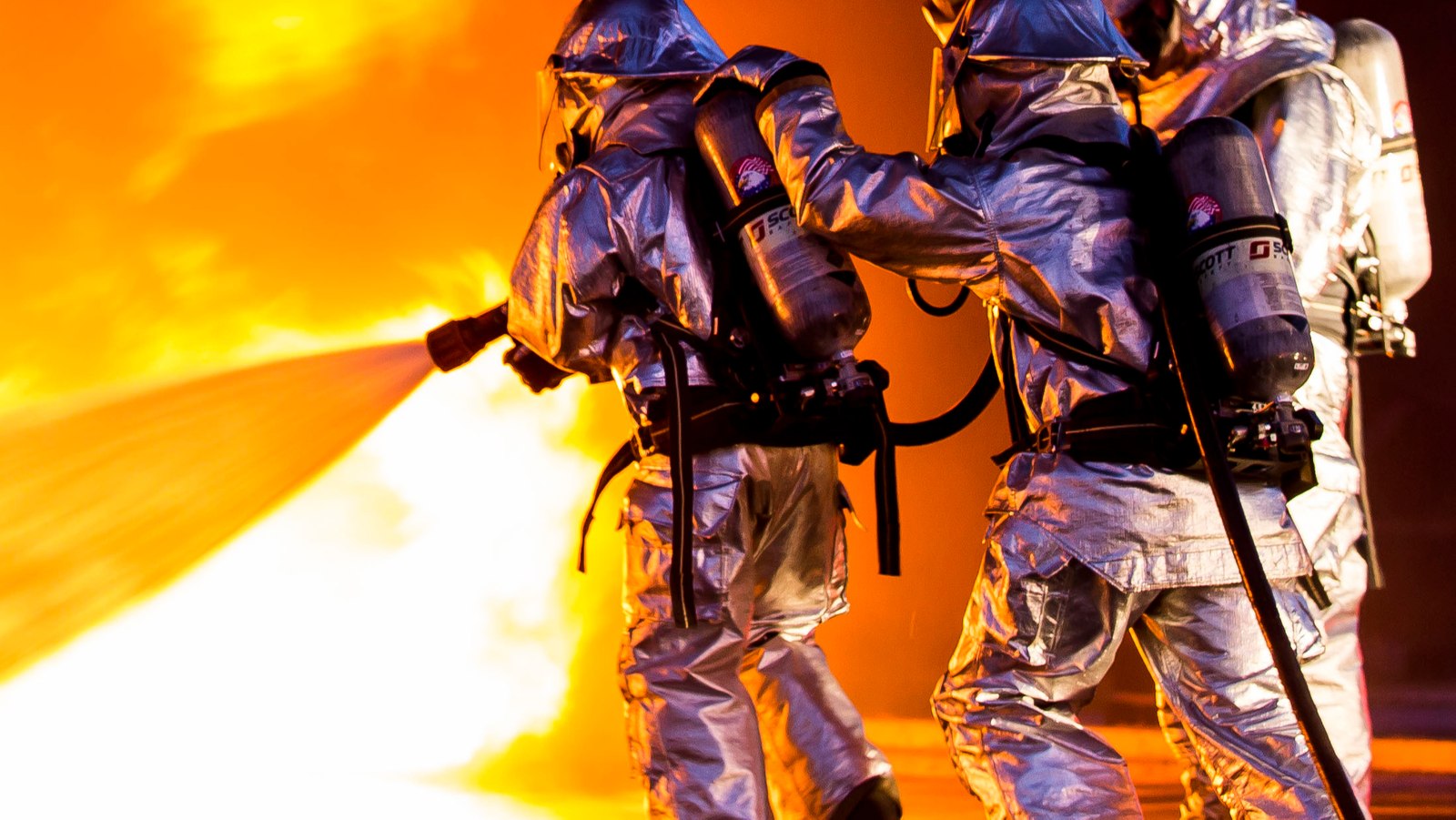


What Firefighters Need To Know About Proximity Fire Suits
Boots, outer, chemical resistant, steel toe and shank Level C protection should be selected when the type of airborne substance is known, concentration measured, criteria for using airpurifying respirators met, and skin and eye exposure is unlikely Periodic monitoring of the air must be performed A typical Level C ensemble includesApr 17, · Level C suits should be selected when the type of airborne substance is known, the criteria for using airpurifying respirators is met, and skin and eye exposure is highly unlikely Level D suits is primarily a work uniform and is used for nuisance contamination only It requires only coveralls and safety shoes/bootsLevel C protection should be selected when the type of airborne substance is known, concentration measured, criteria for using airpurifying respirators met, and skin and eye exposure is unlikely
Should be selected when the greatest level of skin, respiratory, and eye protection is requiredPersonal Protection Equipment GO 51 Page 2 of 4 July 21, 08 with those findings used (3) LEVEL C – Protection that should be selected when the type of airborne substance is known, concentration measured, criteria for using airpurifying respirators met,Combination of PPE, also is determined by the category of isolation precautions a patient is on Second, and very much linked to the first, is the durability and appropriateness of the PPE for the task This will affect, for example, whether a gown or apron is selected for PPE, or, if a gown is selected, whether it needs to be fluid resistant,
Level C protection has the same level of skin protection as Level B, but a lower level of respiratory protection When should you use Level C PPE?Feb 15, 19 · Level C protection should be selected when the type of airborne substance is known, concentration measured, criteria for using airpurifying respirators met, and skin and eye exposure is unlikely Periodic monitoring of the air must be performed A typical Level C ensemble includes Fullface or halfmask, airpurifying respirator (NIOSH approved)Aug 30, 17 · Level C protection should be selected when the type of airborne substance is known, concentration measured, criteria for using airpurifying respirators met, and skin and eye exposure is unlikely Periodic monitoring of the air must be performed A typical Level C ensemble includes Fullface or halfmask, airpurifying respirator (NIOSH approved)



Personal Protective Equipment



Montana Department Of Labor And Industry Personal Protective Equipmen
This presentation will provide an introduction to Personal Protective Equipment (PPE) Levels, and donning (putting on) and doffing (removing) of PPE Level C that may beutilized in an animal disease emergency It is the responsibility of the veterinary responderThe 4 PPE Levels include Level A According to OSHA Level A PPE should be worn when, "when the greatest level of skin, respiratory, and eye protection is required" This type of protective equipment is needed for dealing with highly toxic and dangerous chemicals such as ammoniaLaboratory Response Network for Chemical Threats LRN C CDC sponsored the from RNSG 2343 at Lee College



Hazmat Suit Wikipedia
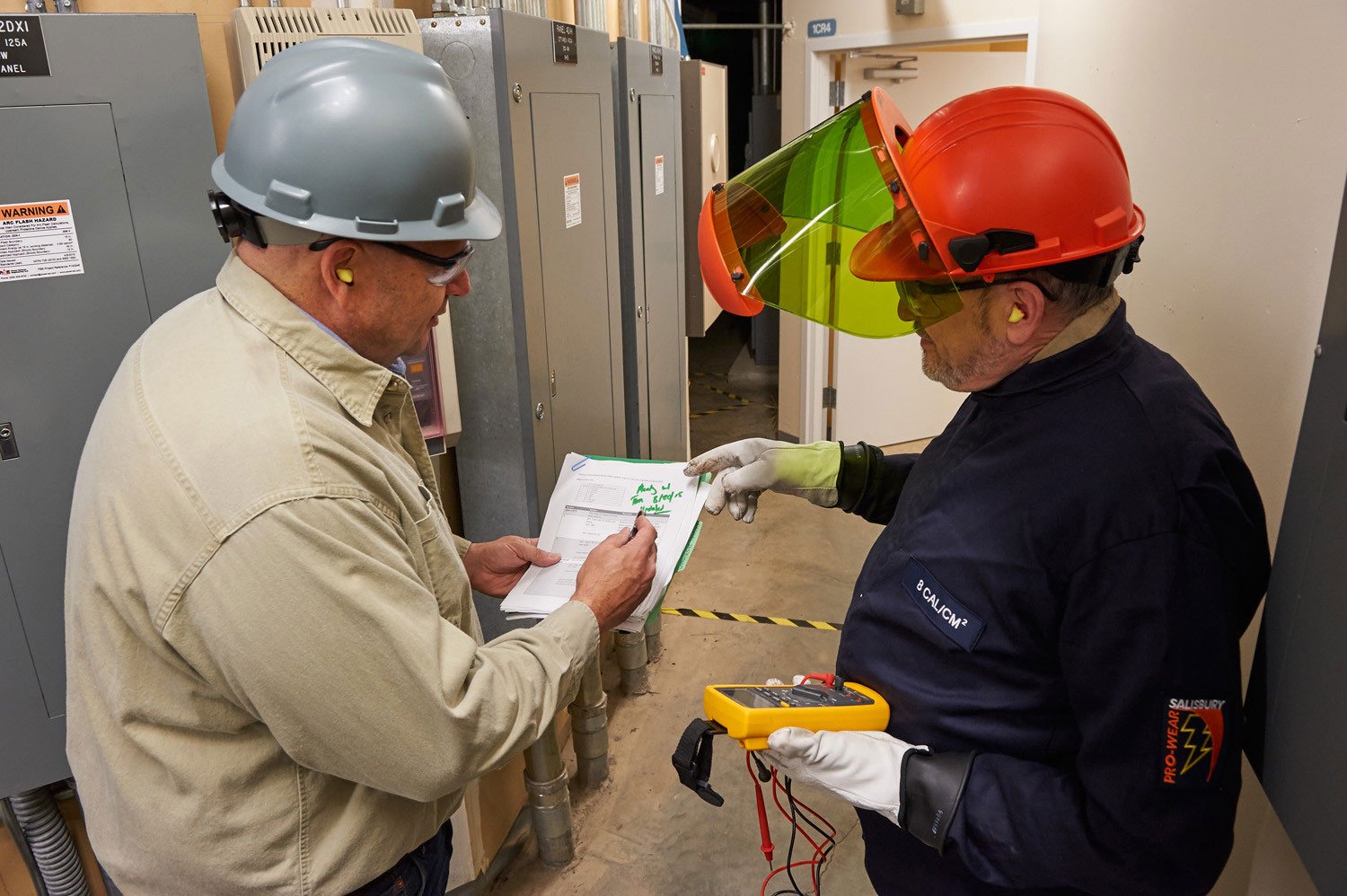


Electrical Ppe Personal Protection Equipment Checklist Fluke
NJSP HMRU Haz Mat Operations Module 4 PPE 4 • Selection of Levels of Protection CThe level of protection selected should be based on CThe type and measured concentration of the chemical substances in the ambient atmosphere and its toxicityLEVEL C Protection for this level should be worn when the criteria for air purifying respirator usage are met, and the types and concentration of airborne substances is known Level C protection includes the use of the following equipment as appropriate 1 NIOSHapproved air purifying respirators, half or fullface mask 2Selecting PPE for Emergency Response Workers In selecting PPE for workers, employers should match the PPE to a worker's specific job tasks and working conditions Select PPE based on a thorough hazard assessment at the worksite Consider the durability of PPE materials, such as tear resistance and seam strength, in relation to the worker's tasks



Personal Protective Equipment Ppt Download
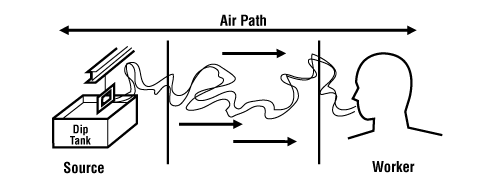


Designing An Effective Ppe Program Osh Answers
This level of PPE is to be selected when the type and atmospheric concentration of substances have been identified and require a high level of respiratory protection but less skin protection?However, Level C protection is selected when, "the concentration(s) and type(s) of airborne substance(s) is known and the criteria for using air purifying respirators are met" (OSHAgov) Level C protective equipment consists of 1 Air purifying halfmask or fullface respirators that have been approved by the National Institute forLevel B may also be selected when site hazards cannot be fully assessed3 Level C is selected when the concentration(s) and type(s) of airborne substance(s) are known and criteria for using airpurifying respirators are met Level D is a work uniform affording minimal protection, used for nuisance contamination only
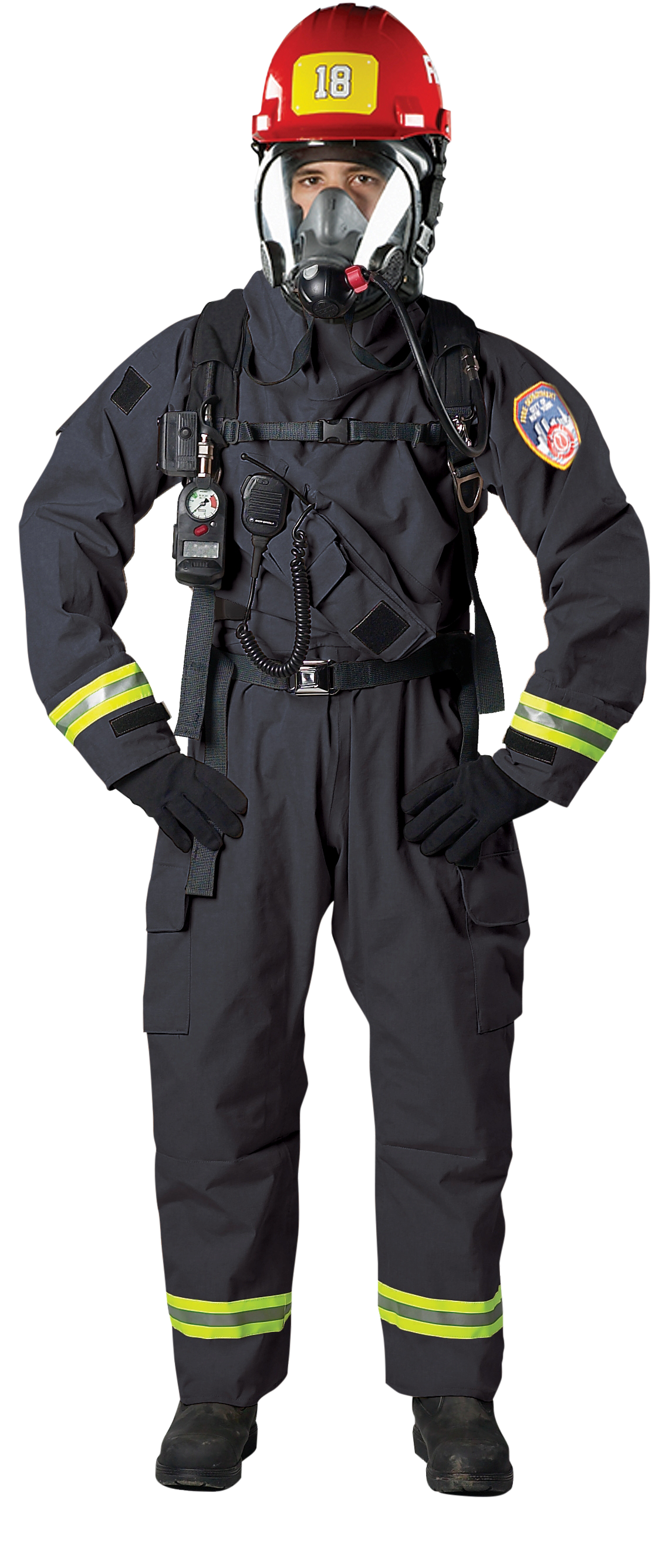


Improvements To Cbrn Ppe Gear Firehouse



Hazardous Materials Ppe By Paths
Dec 30, · Level C PPE is selected when the concentrate (s) and type (s) of airborne substance (s) is known and the criteria for using air purifying respirators are met Level C PPE is characterized by the following Fullface or halfmask, air purifying respirators (NIOSH approved)Level CLevel C protection should be used when 1 The atmospheric contaminants, liquid splashes, or other direct contact will not adversely affect or be absorbed through any exposed skin;Level C PPE is the ensemble of choice for first responders and first receivers caring for victims highly suspected to be contaminated with radiological material Level C PPE Respiratory Protection Hooded NIOSHcertified CBRN powered airpurifying respirators (PAPRs) ("allhazards PPE") with Assigned Protection Factor (APF) of ≥1000 including



Chemical Biological Radiological And Nuclear Personal Or Individual Download Scientific Diagram
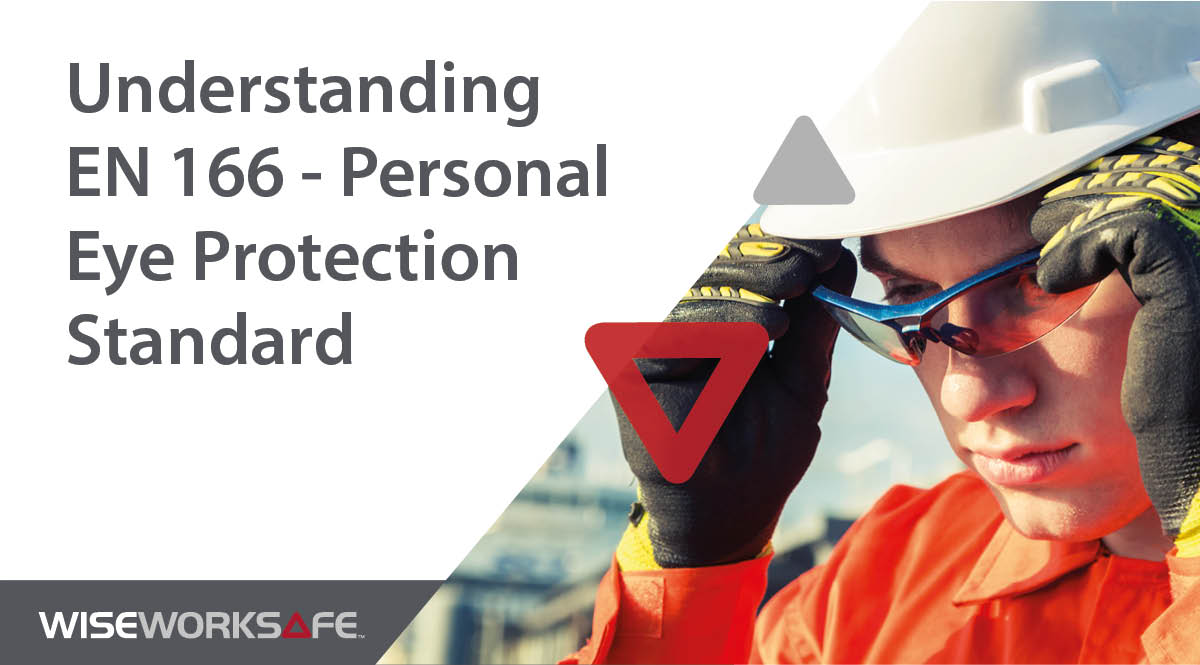


Understanding En 166 Personal Eye Protection Standard Wise Worksafe
Apr 01, 21 · Level A PPE should be selected when the greatest level of skin, respiratory and eye protection is required This could involve environmentsJan 26, 17 · The more that is known about the hazards at a release site, the easier it becomes to select personal protective equipment There are four levels of personal protective equipment Level A protection is required when the greatest potential for exposure to hazards exists, and when the greatest level of skin, respiratory, and eye protection isClass C Level C PPE is similar to Level B;
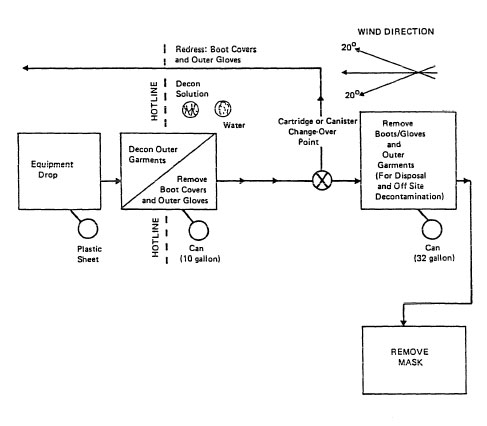


Hazardous Waste Decontamination Occupational Safety And Health Administration



Africa Covid 19 Exposes Healthcare Shortfalls Human Rights Watch
3 Level C provides the same skin protection as level B but a lesser level of respiratory protection than levels A and B Level C is used when the type of airborne exposure is known to be guarded against adequately by an airpurifying respirator (APR) 4 Level D PPE consists of a surgical gown, mask, and glovesLevel C Level C PPE is similar to Level B;May 22, · Level C protection should be selected when hazards have been identified, Hazards will not be absorbed by or adversely affect exposed skin All criteria for using an air purifying respirator are met (ie, concentrations of all airborne contaminants are known, appropriate filters are available, oxygen levels are appropriate)



Personal Protective Equipment Ppe Physiopedia



Challenges And Solutions For Addressing Critical Shortage Of Supply Chain For Personal And Protective Equipment Ppe Arising From Coronavirus Disease Covid19 Pandemic Case Study From The Republic Of Ireland Sciencedirect
When should you use Level C PPE?Depending on the nature of an employee's role and their jobspecific tasks, different levels of PPE may be required Under OSHA guidelines, PPE falls into four categories Level A – To be selected when the greatest level of skin, respiratory, and eye protection is required Level A PPE includes positivepressure, full facepiece selfSep 04, · Level C protection should be selected when the type of airborne substance is known, concentration is measured, criteria for using airpurifying respirators met, and skin and eye exposure is unlikely Ongoing periodic monitoring of the air must be performed A typical Level C ensemble includes
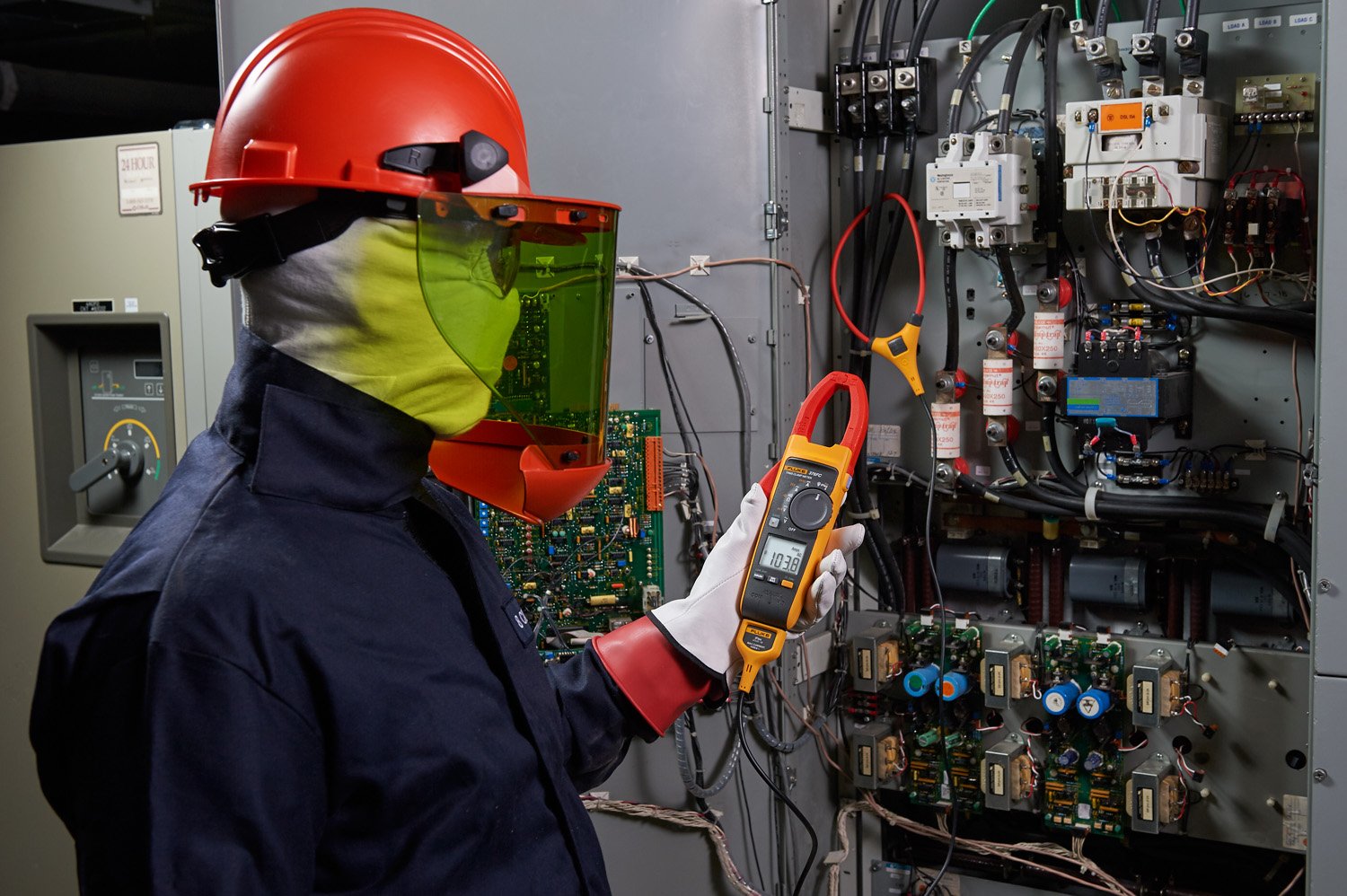


Electrical Ppe Personal Protection Equipment Checklist Fluke


Worker Right To Know
Selecting the right PPE to sufficiently reduce exposure to hazards is essential to laboratory safety The purpose of this section is to provide resources allowing researchers to identify and classify various types of PPE so the appropriate safety precautions are taken when conducting researchLevel A = 21 specific chemicals P 91 / Level B = 7 specific chemicals P 92Level B Level B should be selected when the highest respiratory protection is required with a lesser level of skin protectionThis level requires the same respiratory protection as level A but the skin protection requirement is less than level ALevels A and B
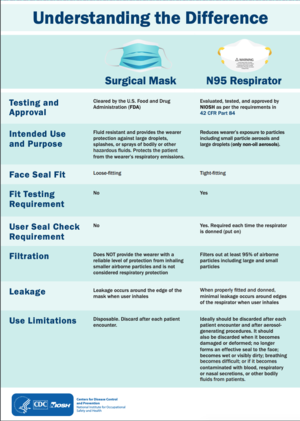


Personal Protective Equipment Ppe Physiopedia



Wearable Ways To Ward Off Infection Healthcare Purchasing News
Level C protection should be selected when the type of airborne substance is known, concentration measured, criteria for using airpurifying respirators met, and skin and eye exposure is unlikely Periodic monitoring of the air must be performedApr 01, 21 · Level C protective equipment is appropriate in environments where concentrations and types of airborne substances is known and the criteria for using air purifying respirators are met Respirators,You should select PPE from any manufacturer that meets the specifications outlined in the PPE guidance document https Because of the possibility of suddenly needing to perform a potentially aerosolgenerating procedure, an N95, or higher level of particulate filtration, respirator or a powered air purifying respirator (PAPR) should be worn
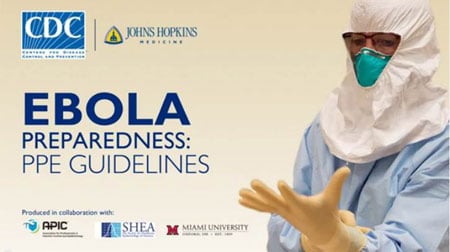


Guidance On Personal Protective Equipment Ppe Personal Protective Equipment Ppe Public Health Planners Ebola Ebola Virus Disease Cdc



3 Designing And Engineering Effective Ppe Preparing For An Influenza Pandemic Personal Protective Equipment For Healthcare Workers The National Academies Press
Feb 28, 19 · When an organization builds a culture of safety, they create an environment that communicates care for the employees A key building block in the safety paradigm is the incorporation of personal protective equipment (PPE) As the governmental agency that is responsible for educating and overseeing workplace safety, OSHA has advised, "If PPE is to be used, a PPE program shouldLevel C protection is selected when the type of airborne substance is known, concentration measured, criteria for using airpurifying respirators met, and skin and eye exposure is unlikely Periodic monitoring of the air must be performed It protects the following environmental conditionsJan 24, 17 · A After removing PPE, it is best to perform hand hygiene with hand sanitizer when the hands are visibly soiled B It is best practice to remove all personal protective equipment in the patient's room C When removing PPE, the respirator should be removed outside the patient's room D All the statements are true 3


Worker Right To Know



Hazardous Materials Ppe By Paths
3 Level C is selected when the concentration (s) and type (s) of airborne substance (s) are known and criteria for using air purifying respirators are met Level D is a work uniform affording minimal protection, used for nuisance contamination onlyHowever, Level C protection is selected when, "the concentrations and types of airborne substance(s) is known and the criteria for using air purifying respirators are met Air Purified Respirator (APR) (full or half face) or PAPR, Splash suit Choice of fabric, seam and design should be based on• Level C This level is used when the concentration and types of airborne substances are known and the criteria for using air purifying respirators are met This level would be recommended when responding to a highly pathogenic avian influenza (HPAI) outbreak General agreement exists
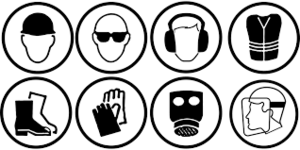


Personal Protective Equipment Ppe Physiopedia



Hazardous Materials Ppe By Paths
3 Level C is selected when the concentration(s) and type(s) of airborne substance(s) are known and criteria for using air purifying respirators are met Level D is a work uniform affording minimalPart A Personal protective equipment is divided into four categories based on the degree of protection afforded (See Part B of this appendix for further explanation of Levels A, B, C, and D hazards) Level A To be selected when the greatest level ofBoots, outer, chemical resistant, steel toe and shank Level C protection should be selected when the type of airborne substance is known, concentration measured, criteria for using airpurifying respirators met, and skin and eye exposure is unlikely Periodic monitoring of the air must be performed A typical Level C ensemble includes



Personal Protective Equipment Ppe Types Safety Training



Personal Protective Equipment Ppe American Veterinary Medical Association
The Washington State Department of Labor and Industries (L&I) in WAC 296‐800‐160 Personal Protective Equipment (PPE) requires all employers to assess their workplace for hazards that might require the use of personal protective equipment If PPE has to be used, the supervisor must selectNov 09, 13 · Level C clothing is a type of personal protective equipment (PPE) that is chosen when the concentration and type of airborne substances is kown and air purifying respirators are required PPE is divided into four categories (levels A through D) based onLevel C – Select this suit when the type of airborne substance is known, its concentration is measured, the criteria for using AirPurifying Respirators (APR) are met, and skin and eye exposure is unlikely Level D – Wear a work uniform where no eye, skin or respiratory hazards are present
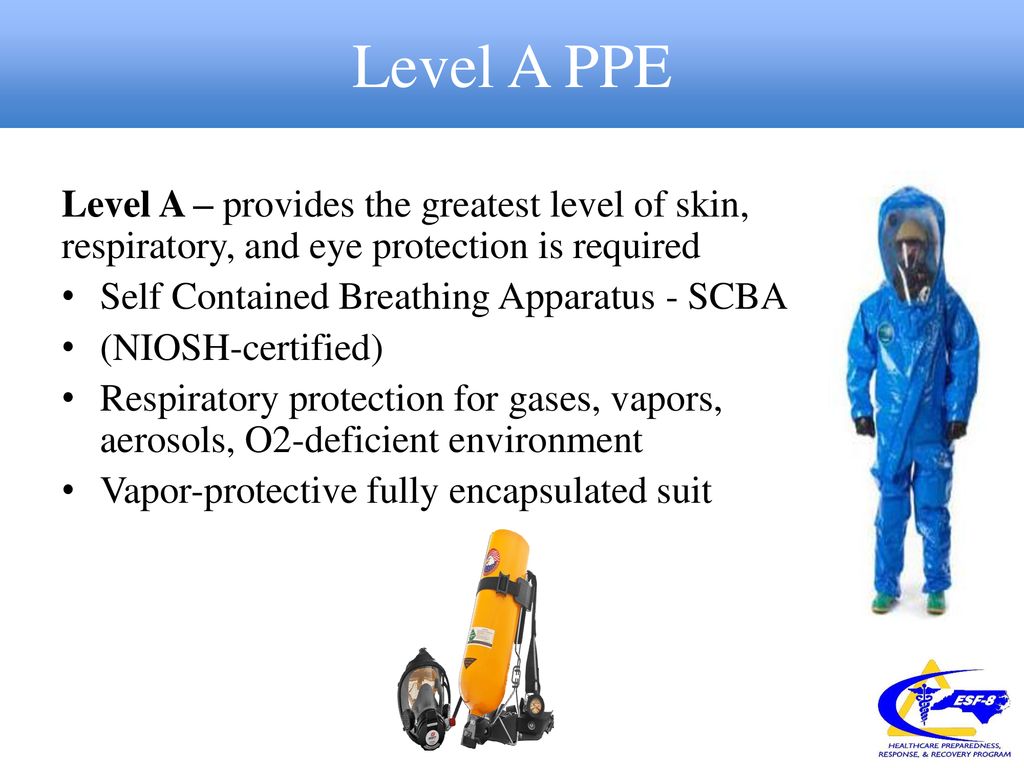


Personal Protective Equipment Ppt Download



Head Hand Foot Ppe Oshacademy Free Online Training



1 Personal Protective Equipment Ppe Overview 2 Personal Protective Equipment Is Not A Substitute For Good Engineering Administrative Controls Or Good Ppt Download
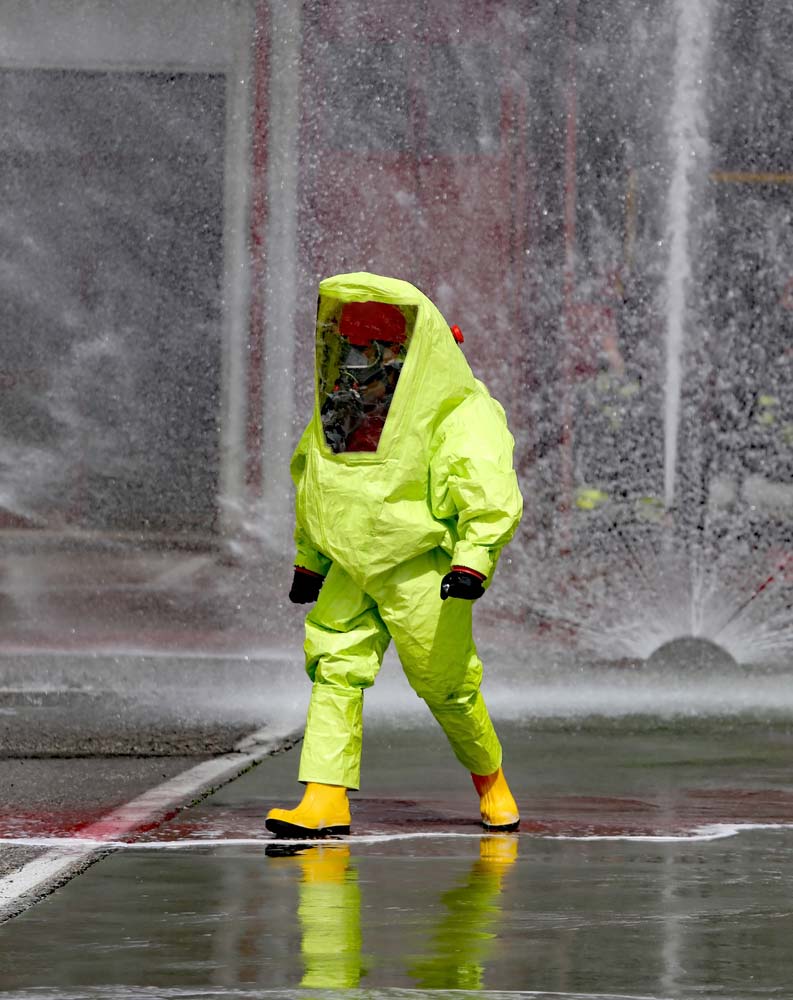


Hazwoper Personal Protective Equipment Levels For Employees
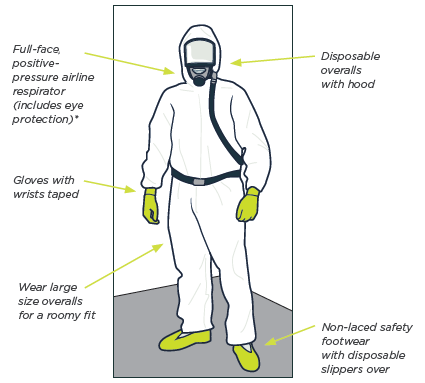


Personal Protective Equipment Ppe When Working With Asbestos Worksafe



Cdc Personal Protective Equipment Niosh Workplace Safety And Health Topic



Arc Flash Clothing Arc Flash Coveralls Gloves Helmets Arc Flash Ppe
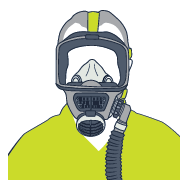


Personal Protective Equipment Ppe When Working With Asbestos Worksafe



Hazardous Materials Ppe By Paths
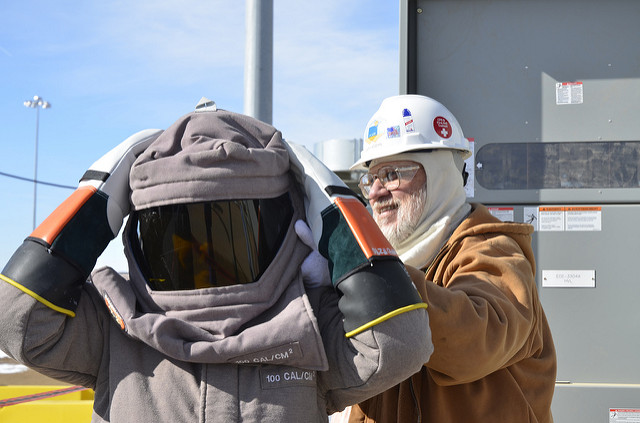


Electrical Shock And Arc Flash Ppe Overview


3 Designing And Engineering Effective Ppe Preparing For An Influenza Pandemic Personal Protective Equipment For Healthcare Workers The National Academies Press
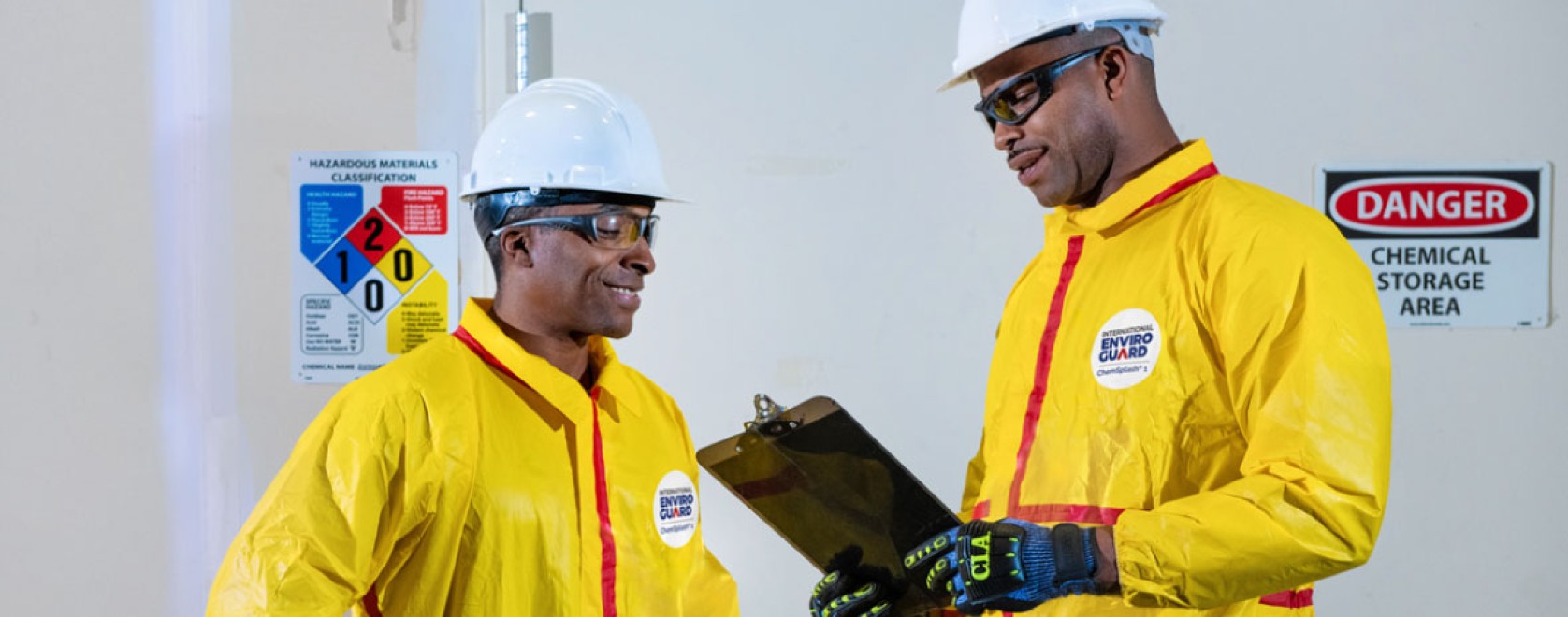


Chemical Resistant Suits 5 Things To Know Before Purchase
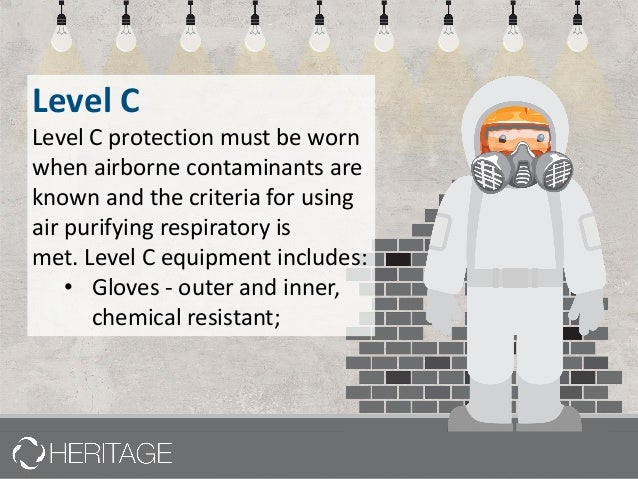


Ppe Levels
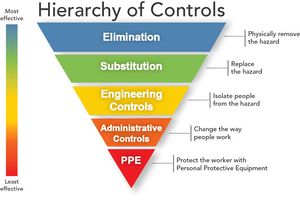


Personal Protective Equipment Ppe Physiopedia


Electrical Shock And Arc Flash Ppe Overview
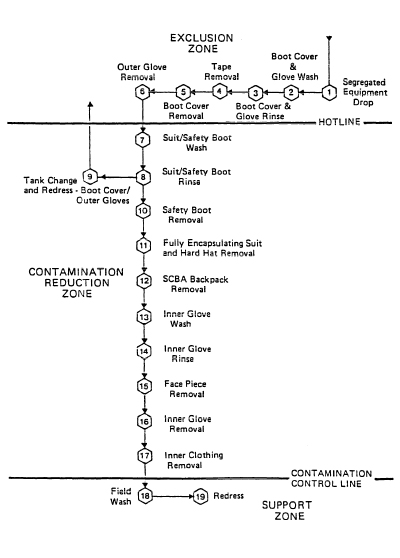


Hazardous Waste Decontamination Occupational Safety And Health Administration



Personal Protective Equipment Ppe
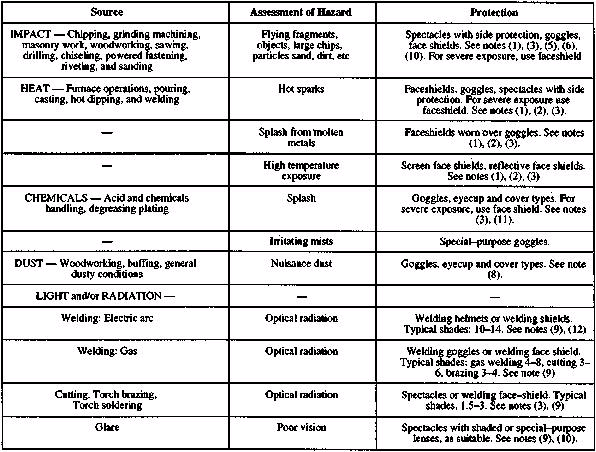


California Code Of Regulations Title 8 Section 3380 Personal Protective Devices



Hazardous Materials Ppe By Paths


Worker Right To Know
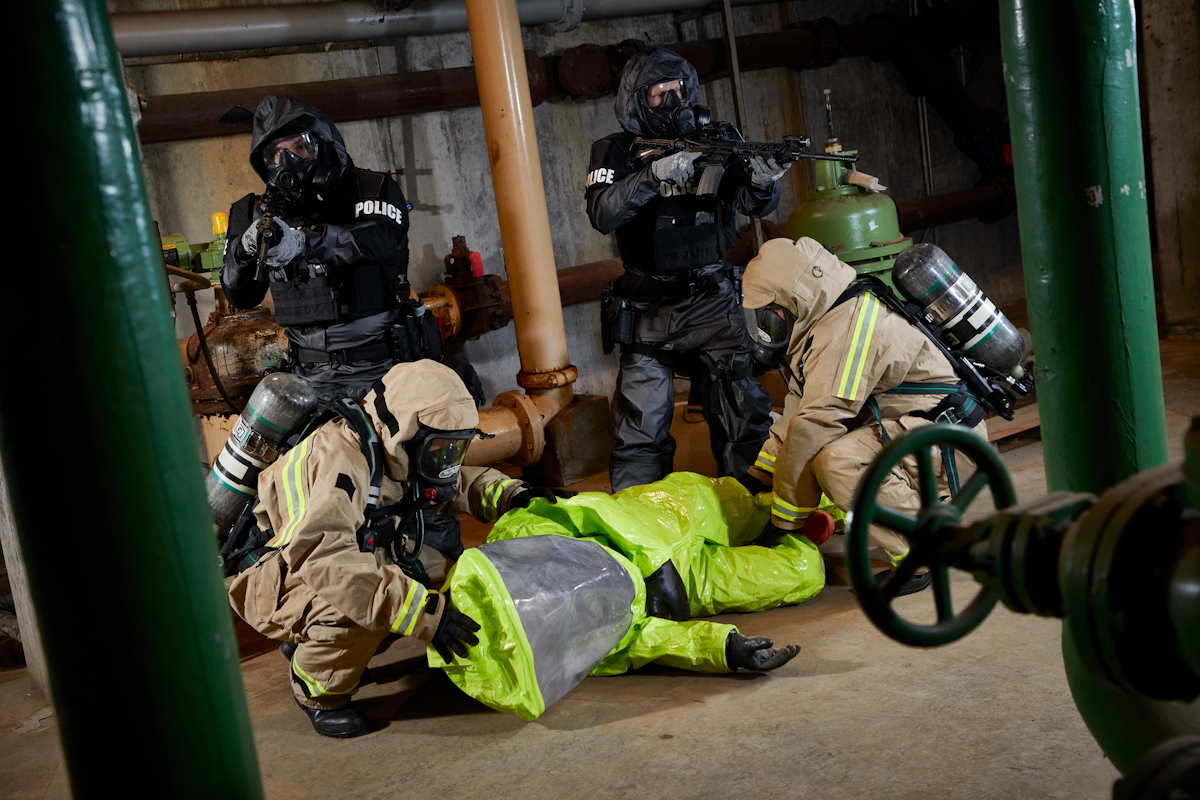


Improvements To Cbrn Ppe Gear Firehouse
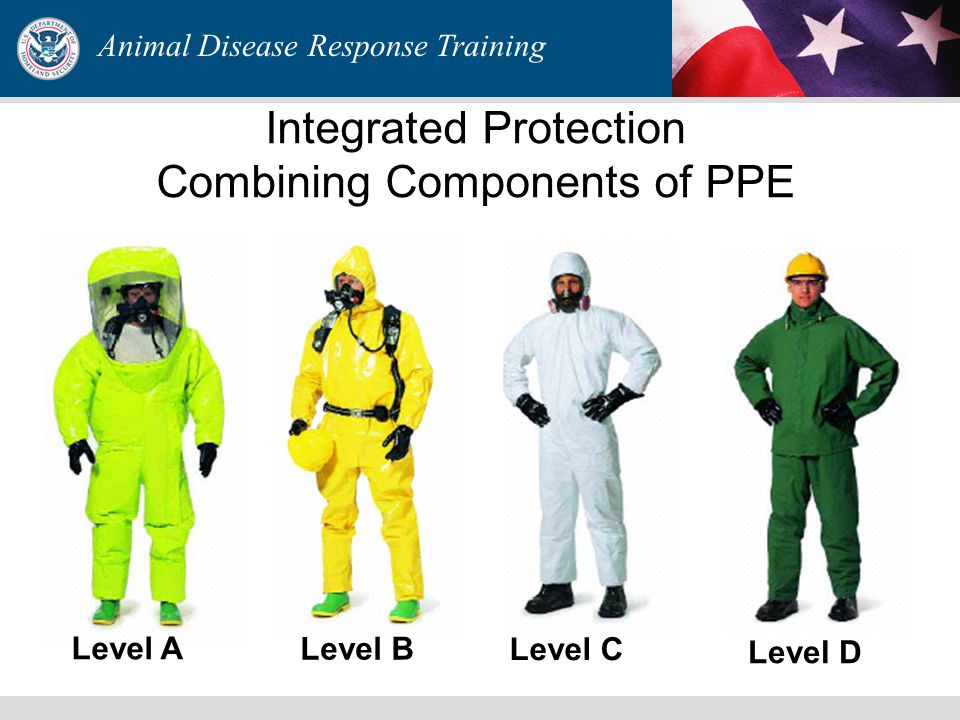


Scope Statement This Lesson Provides Responders With Information Regarding Procedures For Selection Inspection And Safe Use Of Appropriate Personal Protective Ppt Video Online Download



Cut Protection Glove Selection Guide Quick Tips 301 Grainger Knowhow



Personal Protective Equipment Ppt Download



What Firefighters Need To Know About Proximity Fire Suits
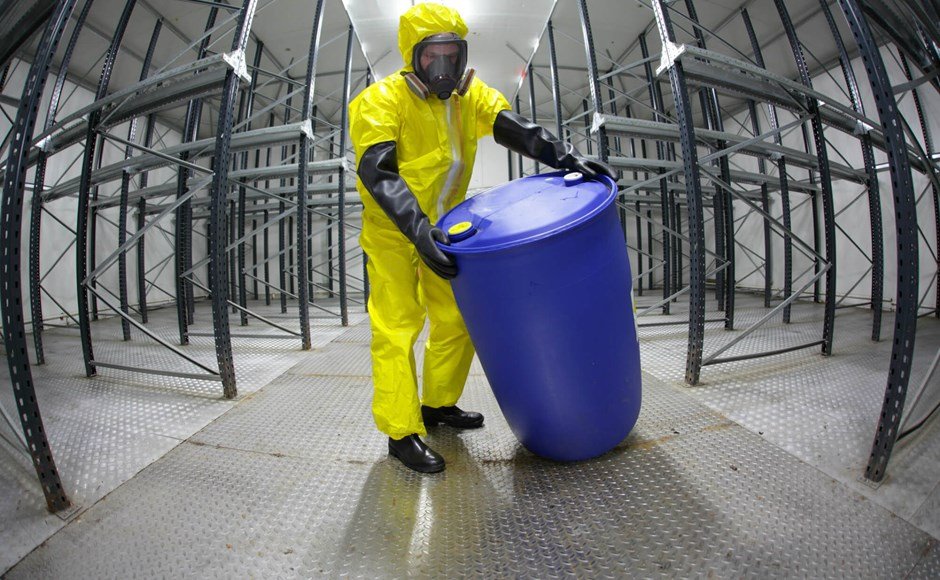


Chemical Protective Clothing Selection Guide



Unlocking The Surge In Demand For Personal And Protective Equipment Ppe And Improvised Face Coverings Arising From Coronavirus Disease Covid 19 Pandemic Implications For Efficacy Re Use And Sustainable Waste Management Sciencedirect
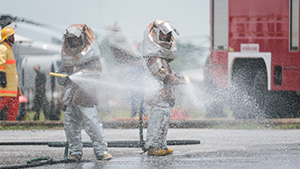


Hazwoper Personal Protective Equipment Levels For Employees
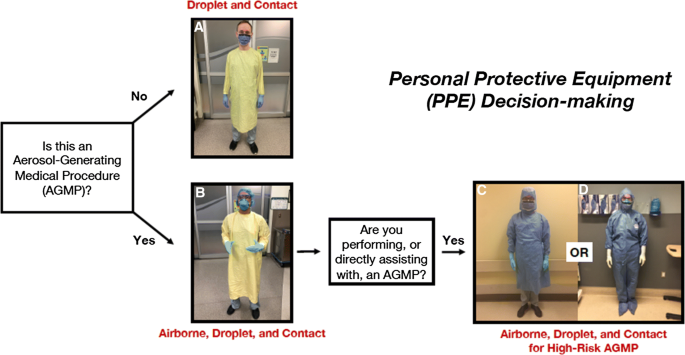


Personal Protective Equipment Ppe For Both Anesthesiologists And Other Airway Managers Principles And Practice During The Covid 19 Pandemic Springerlink



Personal Protection Equipment Ppe Safety Staying Safe At Work Draeger
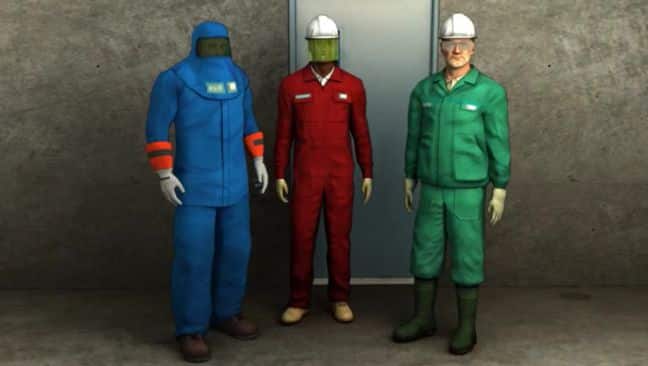


Arc Flash Ppe Suit Clothing Gloves And Face Shield Vector Solutions
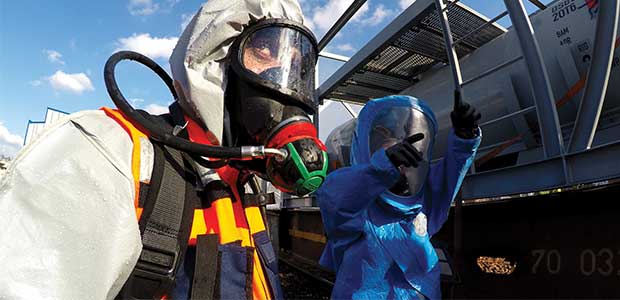


Limiting The Risk Of Exposure To Hazardous Materials In The Workplace With The Correct Use Of Ppe Occupational Health Safety



Personal Protective Equipment Ppe Ppt Video Online Download



Personal Protective Equipment
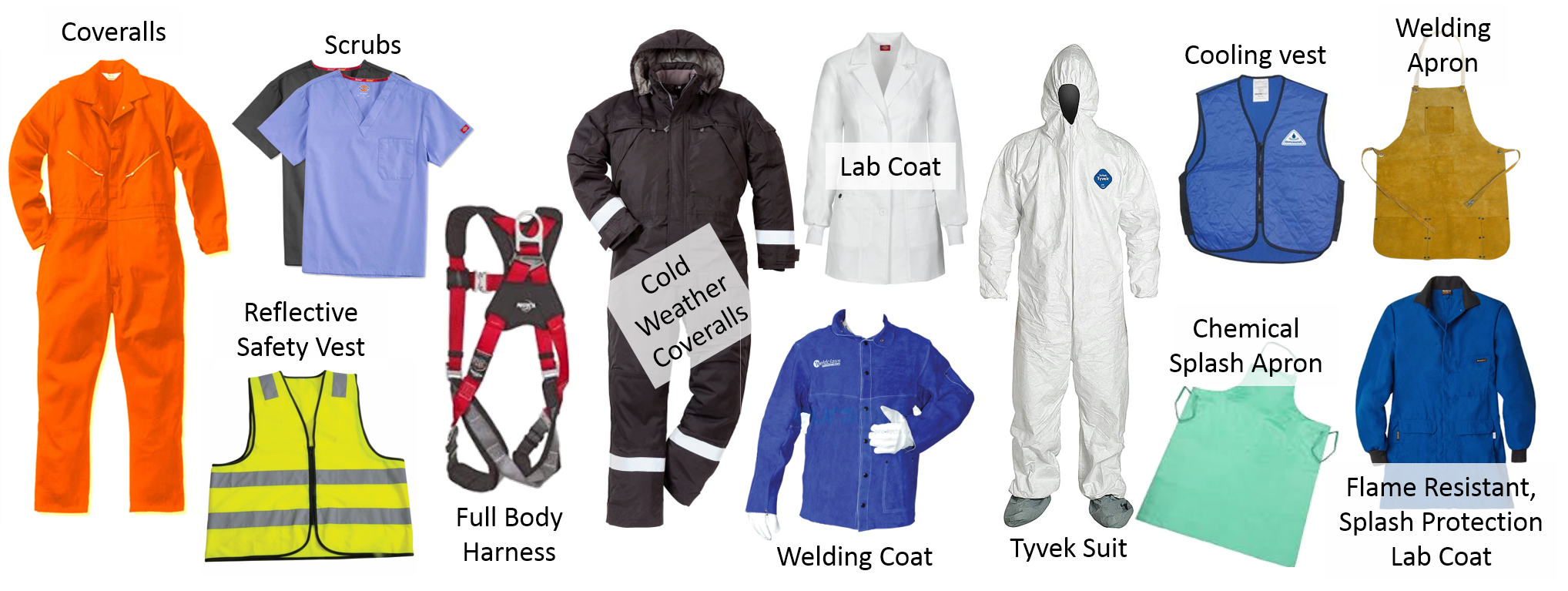


Personal Protective Equipment
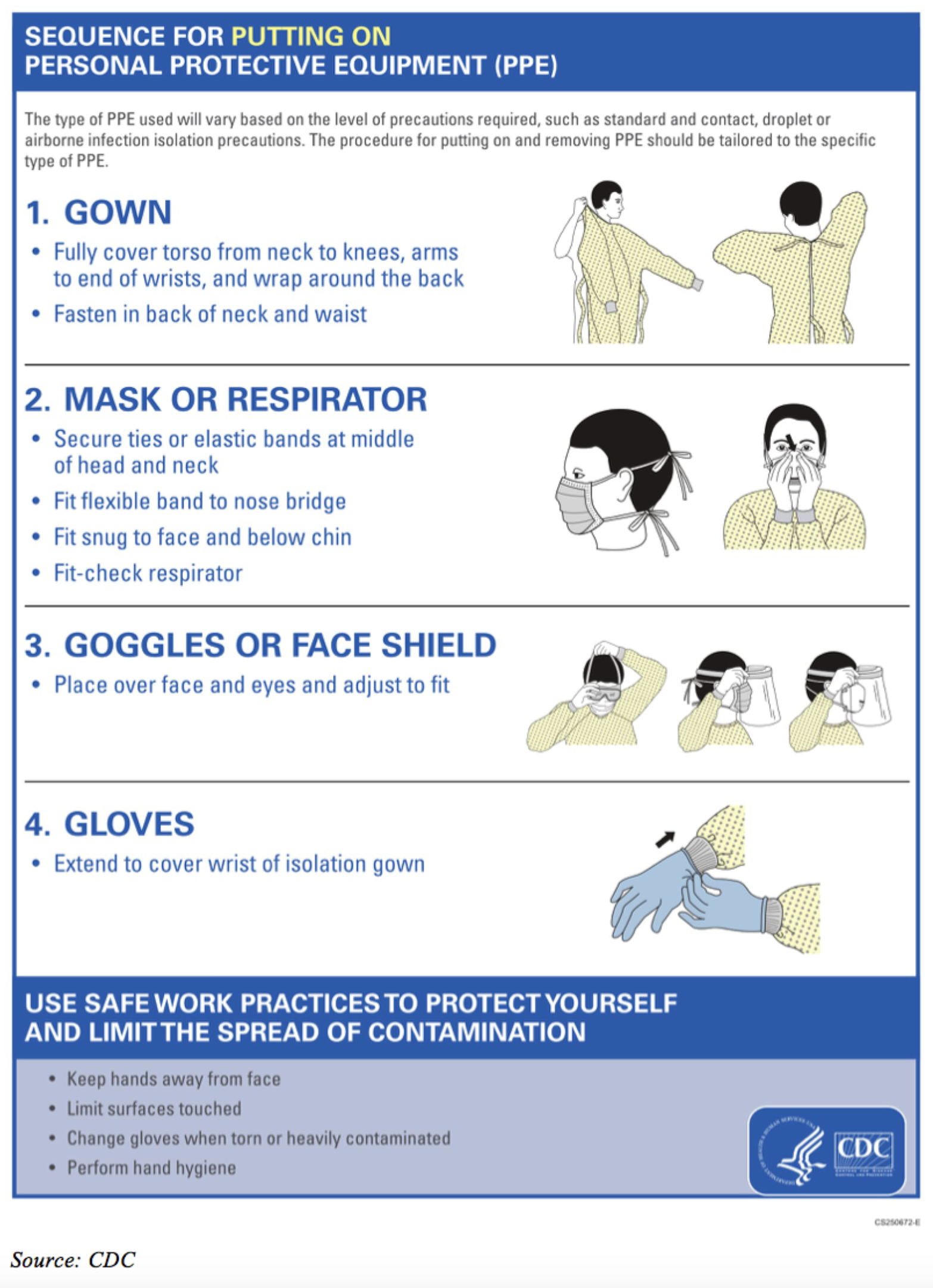


Personal Protective Equipment In The Dental Workplace Compendium Of Continuing Education In Dentistry April 17 Cdeworld



V Naccho Personal Protective Equipment Ppe 06 Advanced Practice Centers For Preparedness Training Conference Ppt Download



Fjamls3m0lwgbm
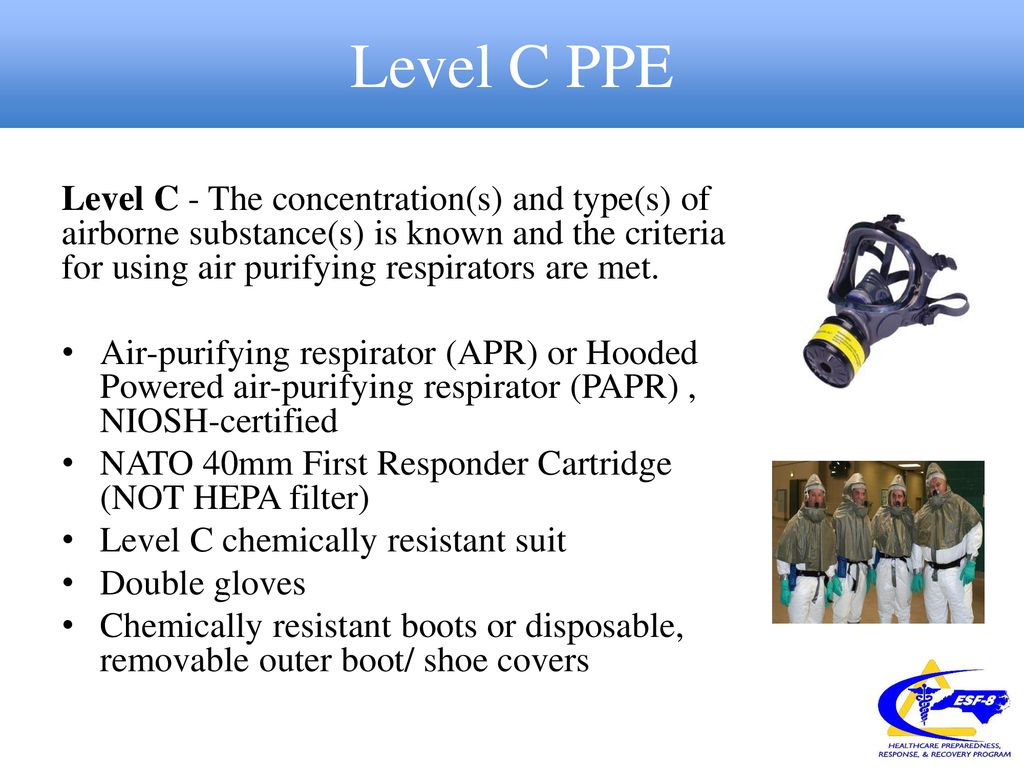


Personal Protective Equipment Ppt Download



0 件のコメント:
コメントを投稿